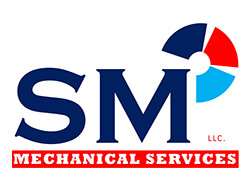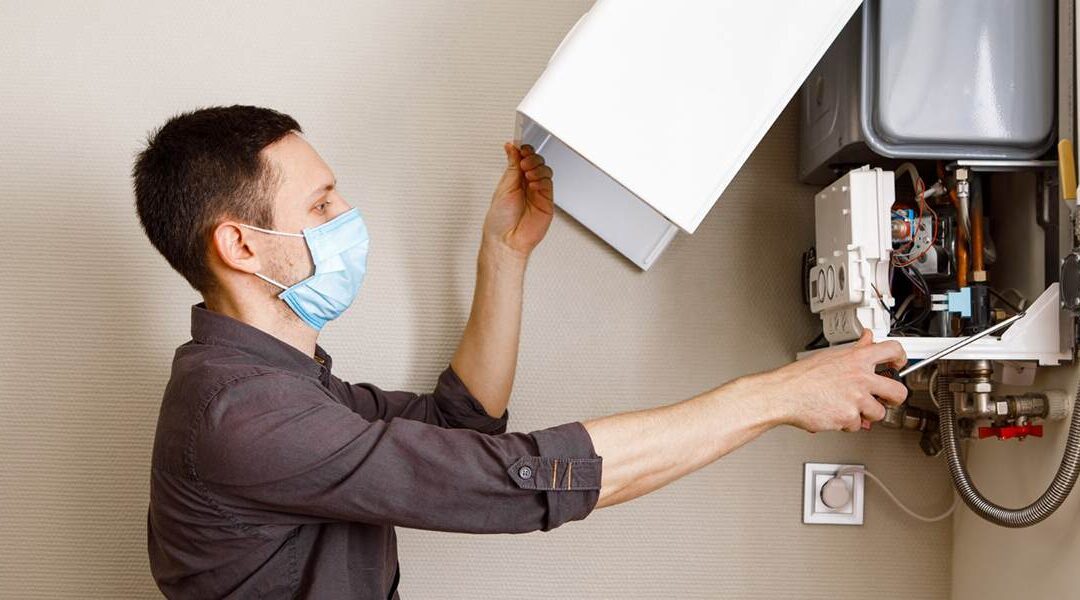Are you having trouble staying warm in the winter? SM Mechanical Services can help when you call (860) 530-2671.
Are you frustrated that your furnace won’t start or adequately heat your home? If you’ve looked into potential issues, you’re probably wondering, “What does the furnace board do on most modern furnaces?”
As a trusted expert and provider of furnace repair services in Glastonbury, SM Mechanical Services offers the following knowledge about your control board and how it can affect your entire heating system when it breaks.
What Is the Furnace Control Board?
What does the furnace board do on most modern furnaces? It tells the various components of your furnace when to activate and helps keep your home safe from carbon monoxide or natural gas leaks. Think of it as the brain of your heating system.
Older gas furnaces had two control boards: one for the gas ignition process and one for the blower fan. Newer gas models and every electric furnace use a single board to control the ignition process and the fan. With fewer components, these modern versions are less prone to malfunctioning.
Your control board uses the following process to heat your home:
- When the thermostat senses your home is below your set temperature, it sends a signal to the control board to start the heating process.
- The blower fan activates so that air can move over the heating element.
- In gas furnaces, gas valves open, and the furnace ignites a flame to heat the air. In electric furnaces, the current heats a filament over which the cold air passes.
- In forced air systems, another fan blows air through ductwork and into each room.
- Once the thermostat senses your home is at the correct temperature, it signals the control board to shut down the furnace.
Signs You Have Control Board Problems
Common problems with a furnace’s control board include loose wires, dirt or dust building up on the fuse or air filter, a broken capacitor, or a faulty fan motor. The control board can also experience damage after a power surge, if it overheats, or if water damages any components.
How do you know if your control board is the source of your furnace issues? While only a qualified technician can diagnose your furnace issues with certainty, the following signs point to a potential problem with your control board:
- Power problems: If your furnace doesn’t turn on, takes several attempts to start, or the fan continues running even after your home reaches the desired temperature, it can mean your control board has an electrical issue or isn’t properly communicating with your thermostat.
- Foul smells: If an electrical issue causes problems with your control board, you might notice a burning smell. It could also indicate overheating, which is a common cause of control board malfunctions.
- Poor performance: With a control board problem, your furnace might heat the air but fail to distribute it throughout your home, or it might blow lukewarm or cold air, depending on the broken component.
- Gas leak: Because it controls the gas valve, a faulty control board could lead to a gas leak in rare cases. If you smell natural gas, exit your home immediately and call for help from a safe location.
- Warning lights: Most modern furnaces have warning lights that turn on your blink in certain patterns to indicate what’s wrong with your heating system.
Troubleshooting Your Control Board
Now that you understand the answer to “What does the furnace board do on most modern furnaces?” you can learn how a professional HVAC technician will troubleshoot the problem. Both energy-efficient furnaces and more traditional models use the same type of control board, so you won’t see a difference in the process.
While you could find information on how to replace the board yourself, hiring a professional ensures you won’t cause more damage and confirms your furnace has no additional problems. It also respects your time, as a professional can fix the problem quickly.
1. Remove the Access Panels
To enter the furnace, the HVAC technician will access the panel that houses the control board. They may also remove a second panel to check the other furnace components. With complete access to your furnace, they can make a more accurate diagnosis of what’s wrong with the unit.
2. Inspect the Furnace
The technician will spend time inspecting the furnace and look for the most common signs and causes of control board damage. Among other things, they’ll check the electrical connections, determine whether you have too much dirt or dust building up, and pay attention to any unusual smells or sounds.
3. Interpret the Diagnostic Lights
After confirming your furnace has no additional problems, the HVAC technician can check the diagnostic lights indicating the exact nature of the problem. Each furnace uses slightly different combinations of light patterns to communicate various issues, so the technician may require your furnace’s manual to interpret the lights.
If the lights aren’t on, it means your furnace doesn’t have power.
4. Test the Power
If the service technician thinks your furnace lacks power, they can test it with a voltage meter. Sometimes, they’ll find that the furnace still has power even with the diagnostic lights turned off. In this case, they’ll replace the control board with a working model.
5. Test the Thermostat
If the technician can’t find any problem with your furnace, they’ll examine the thermostat. You might just need new batteries or a cleaner sensor. Sometimes, you’ll require a new thermostat.
Contact SM Mechanical Services for Quality Heating Services
What does the furnace board do on most modern furnaces? Now you know it performs the important function of coordinating everything your furnace does.
SM Mechanical Services always provides quality results with friendly, knowledgeable, and professional services. No matter the complexity of your problem, we’re confident our technicians can find a solution that works for you.
Whether you need help knowing what type of heating system you have or want to schedule your annual maintenance, call SM Mechanical Services today at 860-530-2671.

